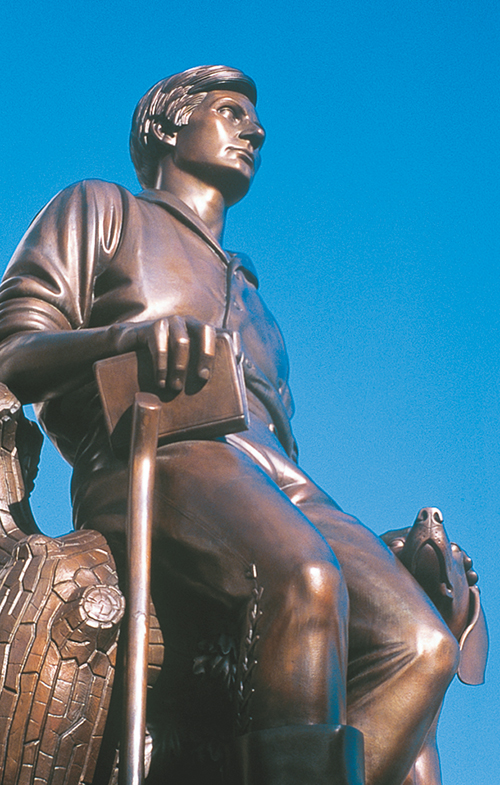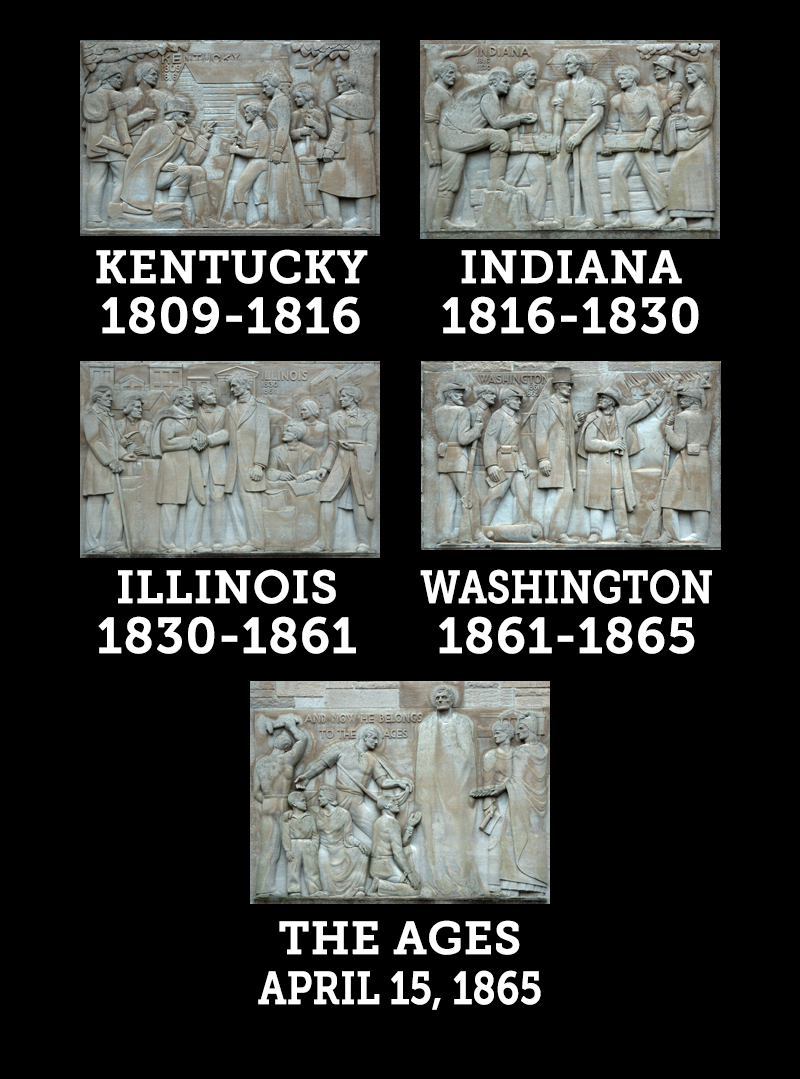
(This article originally appeared in the February 1999 issue of Electric Consumer.)
Much is known and recorded, in words and pictures, of Abraham Lincoln as the Illinois prairie lawyer, orator and politician. Even more is revealed and preserved of Lincoln as the revered president who steered the nation through Civil War and saved the Union; brought to all people of this nation “a new birth of freedom”; and died a martyr to these accomplishments.
In comparison, Lincoln’s boyhood days in Indiana are mere tracings, at best.
They’re sketched in folklore, myth and the hazy recollections recorded many years later of those who knew him. Lincoln himself spoke little about the hardships, sadness and toil he experienced growing up on the harsh Hoosier frontier.
The years Lincoln spent in Indiana — from ages 7 to 21 — were his formative years, though. From 1816-1830, the wilderness along Little Pigeon C????eek and the Ohio River, in what today is Spencer County, is where much of President Lincoln’s character was hewn.
“Indiana’s finest contribution to civilization,” is how historian Louis A. Warren described the 16th president in his biography, “Lincoln’s Youth.”
In a cover story in 1996, the Electric Consumer discussed the impact the young free Hoosier state made on the young Lincoln. As a sequel, we present this pictorial survey of how artists and sculptors have attempted to fill in those missing years of Lincoln’s boyhood as a Hoosier.

A woman holds the door for her 3-year-old son at the Lincoln Boyhood National Memorial visitor center. Flanking the door are two of five sculptured panels depicting Lincoln’s life that grace the entire semi-circular facade of the center. The left panel depicts Abraham Lincoln’s youth in Indiana (close up above). The panel on the right, which is the center panel of the five, represents Lincoln’s legacy and bears the inscription: “Now he belongs to the ages.” The panels are the work of Hoosier sculptor E.H. Daniels. He initially started sketching designs at his own expense in 1940 when the memorial, originally an arched cloister connecting two halls, was being planned. The bas-relief panels were completed in 1943. Photos by Richard G. Biever (except where noted)

Lincoln’s Hoosier heritage is honored at the Indiana Government Center beside the Indiana Statehouse. A detail from a giant mosaic mural, created from 300,000 pieces of Venetian glass tiles, shows Lincoln operating his flatboat on the Ohio River at the mouth of the Anderson River. The work is by Garo Z. Antreasian, an instructor at the Herron School of Art in Indianapolis. The work, completed in 1962, was selected from a competition commemorating Lincoln’s 150th birthday in 1959.

Silhouetted against the Indiana Statehouse is a large bronze statue of the 21-year-old Lincoln holding a book. Dedicated in 1963, it was designed by David K. Rubins, also an instructor at Herron at the time and, like tile mosaic above, it was created to mark Lincoln’s 150th birthday in 1959.

Lincoln’s days as a flatboat pilot and ferry operator on the Ohio and Anderson rivers are rendered in a grand, romantic landscape painting by Clifton Wheeler. Though only about two thirds of the painting is shown here, Lincoln on the Ohio is dwarfed by the majesty of the river itself and wooded bluffs of Southern Indiana. The large painting, dated 1945, is mounted above a stone hearth in the Nancy Hanks Lincoln Memorial Hall at the Lincoln Boyhood National Memorial in Spencer County. The site, operated by the National Park Service, includes the Lincoln family’s original homestead where Lincoln spent a quarter of his life, his formative years from ages 7 to 21. Wheeler (1883-1953), a native of Mooresville, was a Hoosier artist of some renown who sketched and painted scenic landscapes across the United States. But, he found many appealing spots in his home state.

Though Lincoln only changed trains there once, Fort Wayne fondly embraced the memory of the 16th president. “Lincoln and His Father” is an oil painting by Fletcher Ransom, portraying the teenaged Lincoln working on the family’s homestead in Indiana. The work had been part of the collection at Fort Wayne’s Lincoln Museum. The museum was founded and owned by the Lincoln National Life Insurance Company that had its start in Fort Wayne early in the 1900s. In 1999, the Lincoln National Corporation moved its headquarters to Philadelphia. When the museum closed in 2008, the world’s largest privately-owned collection of Lincoln-related materials stayed in Indiana — divided between the Indiana State Museum and the Allen County Public Library in Fort Wayne. Photo by Outdoor Indiana





